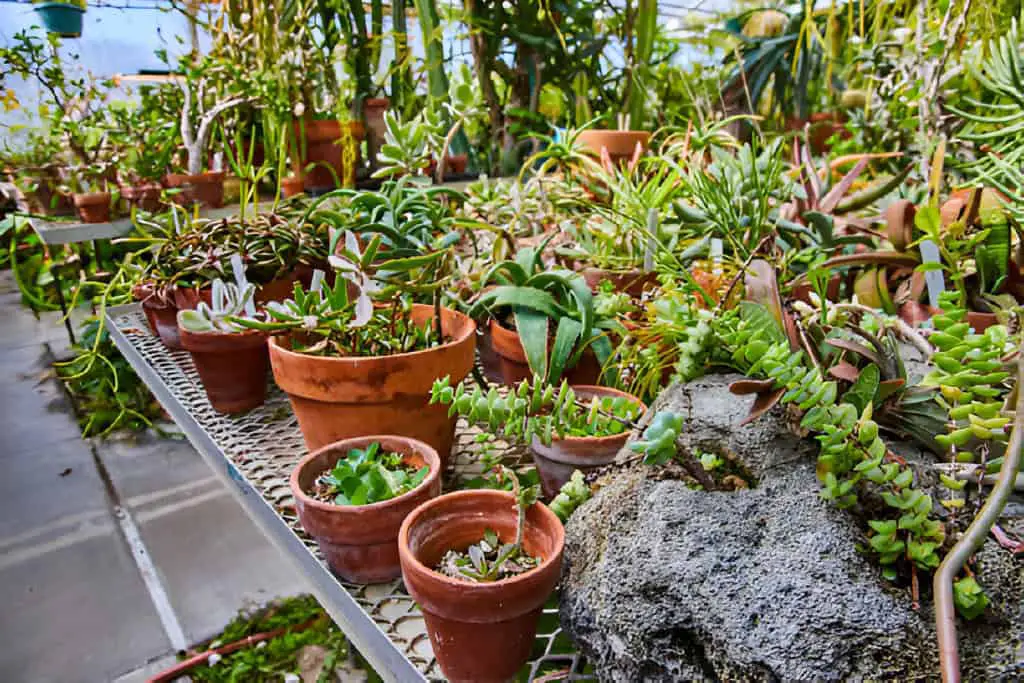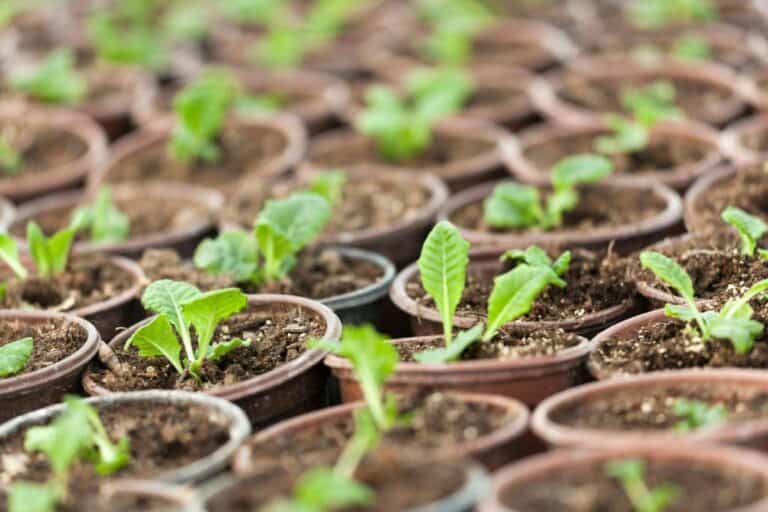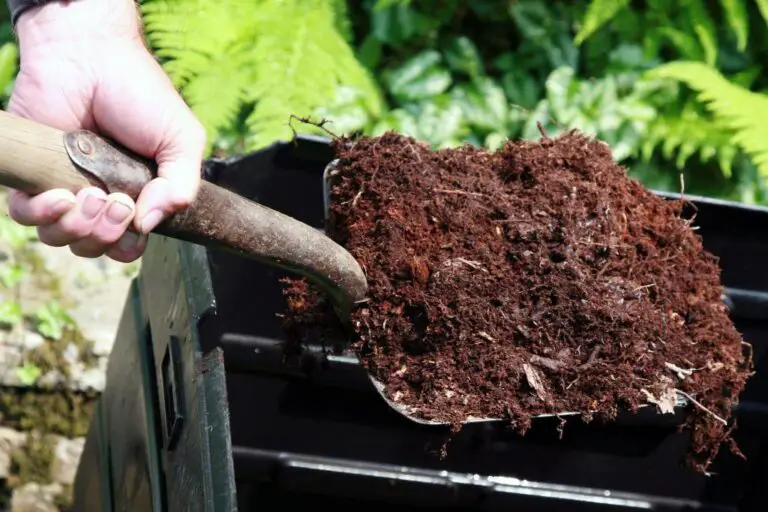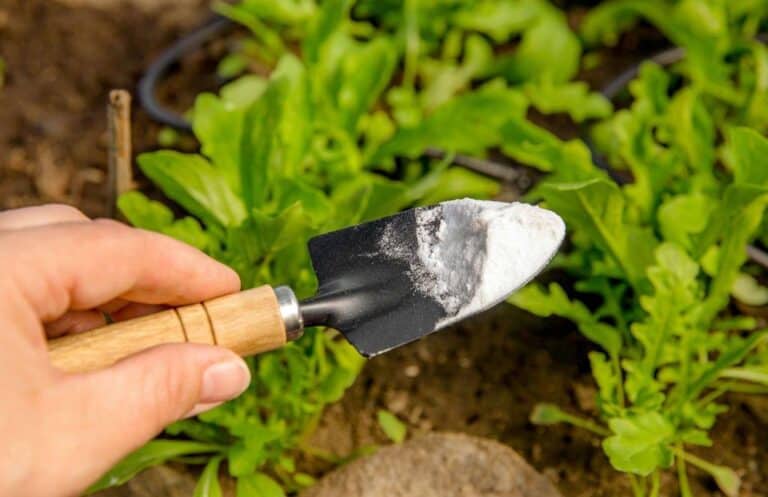The Ideal Perlite-to-Soil Ratio for Thriving Succulents

Creating the perfect environment for succulents goes beyond just choosing the right plant and pot. The soil mix plays a pivotal role in their health and growth, with the perlite-to-soil ratio being a key component.
Perlite is a lightweight volcanic mineral. It improves soil aeration and drainage. This is vital for succulents, which need well-draining soil. But how much perlite is too much, and what is the ideal ratio for different types of succulents? Can adjusting the perlite-to-soil ratio really make a difference in your plant’s health?
This article will find the best perlite-to-soil ratio for your succulents. It must balance drainage and stability. We’ll provide practical tips and insights to help you fine-tune your soil mix for the best results.
Understanding Succulent Soil Needs

Succulents have specific soil requirements that differ from those of other plants. These requirements include:
- Excellent Drainage: To prevent root rot and other water-related issues.
- Good Aeration: To allow air to reach the roots and promote healthy growth.
- Low Nutrient Content: To mimic the nutrient-poor environments succulents naturally thrive in.
- Slightly Acidic to Neutral pH: Typically between 6.0 and 7.0.
What is Perlite?
Perlite is a lightweight, volcanic glass that expands when heated. It’s commonly used in horticulture for its excellent drainage and aeration properties. Perlite appears as white, porous granules and is often added to soil mixes for various plants, including succulents.
Benefits of Perlite for Succulents
- Improved Drainage: Perlite’s porous nature allows water to drain quickly, preventing waterlogging.
- Enhanced Aeration: The granules create air pockets in the soil, ensuring roots have access to oxygen.
- Lightweight: Perlite reduces soil compaction and makes pots lighter and easier to move.
- Neutral pH: Perlite doesn’t alter the soil’s pH, making it suitable for most plants.
Ideal Perlite-to-Soil Ratio for Growing Succulents
The ideal perlite-to-soil ratio for succulents can vary based on factors such as the specific type of succulent, climate, and pot type. However, a common and effective ratio is 1 part perlite to 2 parts soil. This ratio balances drainage, aeration, and moisture for most succulents.
Adjusting the Ratio
While the 1:2 perlite to soil ratio works well for many succulents, adjustments may be necessary based on specific conditions:
- In Humid Climates: Increase perlite to enhance drainage and prevent excess moisture.
- In Arid Climates: Decrease perlite slightly to retain more moisture.
- For Smaller Pots: Use more perlite to ensure quick drainage in limited space.
- For Larger Pots: A balanced mix may be sufficient, as larger pots typically retain moisture longer.
Creating the Perfect Succulent Soil Mix
To make the perfect soil mix for your succulents, combine perlite with other, well-draining, airy components. Here’s a simple recipe:
Ingredients
- 2 parts potting soil
- 1 part perlite
- 1 part coarse sand or pumice
Instructions
- Mix Components: Combine potting soil, perlite, and coarse sand or pumice in a large container.
- Blend Thoroughly: Mix well to ensure even distribution of all components.
- Test Drainage: Check the mix for drainage by watering it and observing how quickly the water drains.
- Adjust if Needed: If the mix retains too much water, add more perlite or sand. If it drains too quickly, add more potting soil.
Sample Soil Mixes
Here are a few variations of soil mixes for different succulent needs:
| Soil Type | Potting Soil | Perlite | Coarse Sand/Pumice |
| Standard Mix | 2 parts | 1 part | 1 part |
| Humid Climate | 1 part | 2 parts | 1 part |
| Arid Climate | 3 parts | 1 part | 1 part |
| Small Pots | 1 part | 2 parts | 2 parts |
| Large Pots | 2 parts | 1 part | 1 part |
Planting and Repotting Succulents
Using the ideal perlite to soil ratio, you can plant or repot your succulents with confidence. Follow these steps for successful planting:
Planting
- Select a Pot: Choose a pot with drainage holes to prevent water accumulation.
- Prepare the Soil: Fill the pot with the customized soil mix, leaving space for the plant.
- Position the Plant: Place the succulent in the center, ensuring the roots are spread out.
- Fill and Firm: Add soil around the roots, gently firming it down to eliminate air pockets.
- Watering: Water thoroughly, allowing excess water to drain out.
Repotting
- Frequency: Repot every 2-3 years or when the plant becomes root-bound.
- Remove the Plant: Gently remove the succulent from its current pot.
- Loosen Roots: Carefully loosen the root ball to encourage new growth.
- New Pot: Place the plant in a slightly larger pot with fresh soil mix.
- Fill and Water: Fill in with soil, firm lightly, and water thoroughly.
Caring for Succulents
Proper care ensures your succulents remain healthy and vibrant. Key care tips include:
Watering
- Frequency: Water when the top 1-2 inches of soil are dry.
- Method: Water deeply and allow excess to drain. Avoid letting the plant sit in water.
Light
- Indoors: Place in bright, indirect light. Some direct sunlight is beneficial.
- Outdoors: Ensure partial to full sun, depending on your climate.
Temperature
- Optimal Range: Succulents prefer temperatures between 55-80°F (13-27°C).
- Protection: Protect from frost and extreme heat.
Fertilizing
- Frequency: Fertilize during the growing season (spring and summer).
- Type: Use a balanced, water-soluble fertilizer diluted to half strength.
Pruning
- Health: Remove dead or damaged leaves to promote healthy growth.
- Shape: Prune to maintain the desired shape and size.
| Read: Boosting Succulent Growth: How to Make Them Grow Faster |
Common Issues and Solutions
Root Rot
Cause: Overwatering or poor drainage. Solution: Ensure well-draining soil, allow soil to dry between waterings, and use pots with drainage holes.
Pests
Common Pests: Mealybugs, spider mites, and aphids. Solution: Treat with insecticidal soap, neem oil, or remove pests manually.
Yellowing Leaves
Cause: Overwatering, underwatering, or poor light conditions. Solution: Adjust watering schedule and ensure proper lighting.
Leaf Drop
Cause: Sudden temperature changes or overwatering. Solution: Maintain consistent temperatures and allow soil to dry between waterings.
Conclusion
Using the ideal perlite-to-soil ratio is essential for ensuring your succulents thrive. Perlite creates an ideal growing environment. It provides excellent drainage, aeration, and a good moisture balance. Adjust the ratio based on your conditions. Follow proper care routines. This will yield healthy, vibrant succulents.
Embrace the power of perlite in your soil mix. Your succulents will thrive in their perfect habitat.






